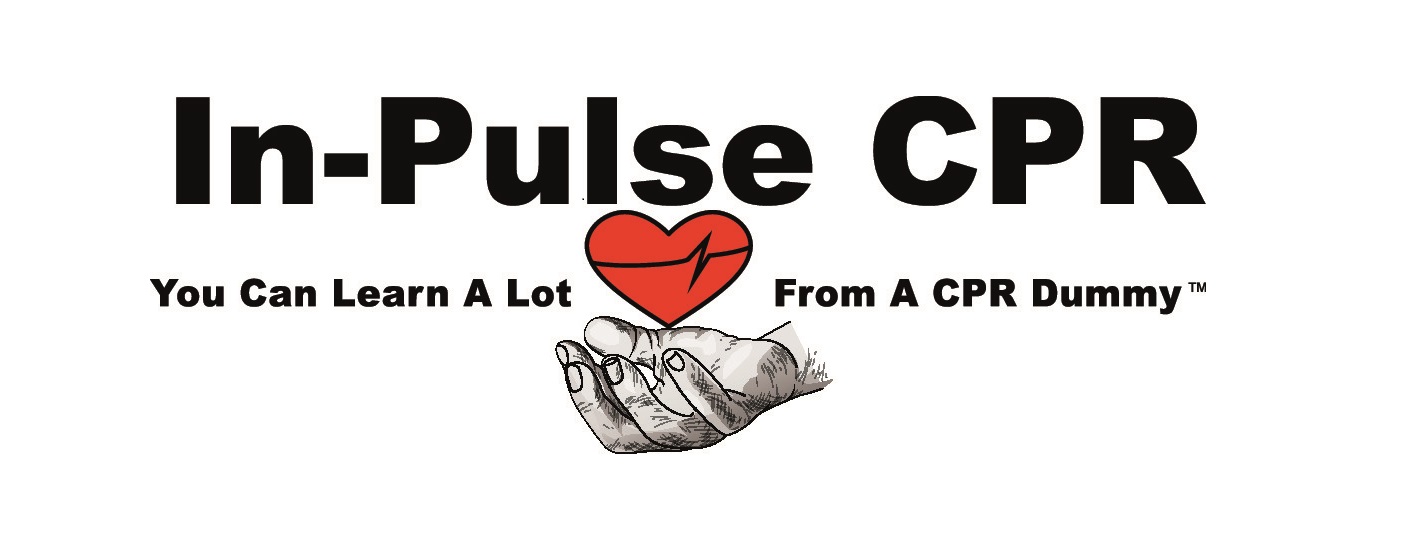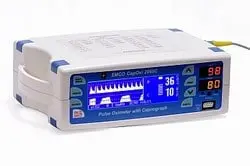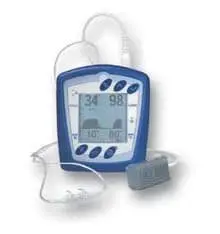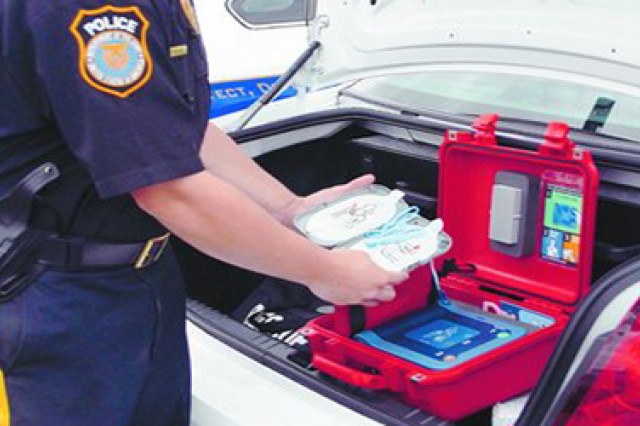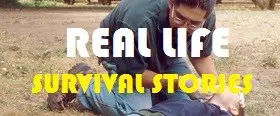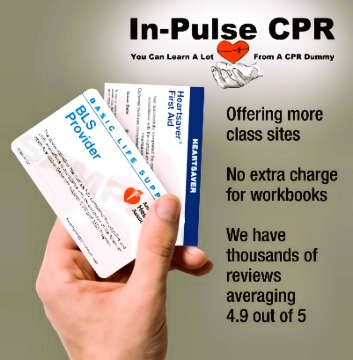Miracle in Marin
The call came in to the Marin County, California Fire Department: “Bicyclist down”. Dispatchers say they get a lot of such calls, usually involving minor injuries. This one was different.
When a fire truck and paramedics rolled up to the scene, a bystander was performing CPR on the downed cyclist, who’d had a heart attack. EMS personnel took over the life-saving effort and restored the victim’s heartbeat. Taken to a nearby hospital, the patient recovered and was discharged a few weeks later. All in a day’s work, you might say, for firefighters and paramedics, although that work requires a special kind of individual. But in this case, they say the victim surely would have died had it not been for the bystander’s training in CPR and quick action.
The vast majority of people who suffer cardiac arrest die before receiving medical attention. The margin for error, the difference between life and death, is only a few minutes. In cases where CPR is quickly initiated, the successful recovery rate jumps to 30%. Pretty low, you think? Without CPR, the survival rate is zero, unless of course the heart attack takes place in a hospital or outside a fire station. Of course, that almost never happens in day-to-day life.
The recommended technique for CPR has changed in recent years. The old method, alternating chest compressions with mouth-to-mouth resuscitation, has been superseded by the hands-only approach. The only exception is in cases where the problem is respiratory, as in near-drowning. Otherwise, the most urgent necessity is to keep blood circulating through chest compressions until help arrives.
Like anything else, CPR is easy – if you know how to do it. The training is so easy and takes so little time, that’s hard to think of a reason not to receive it, especially considering what’s at stake: a human life, with infinite potential never realized unless someone nearby knows CPR and applies it quickly. Why shouldn’t that someone be you?




